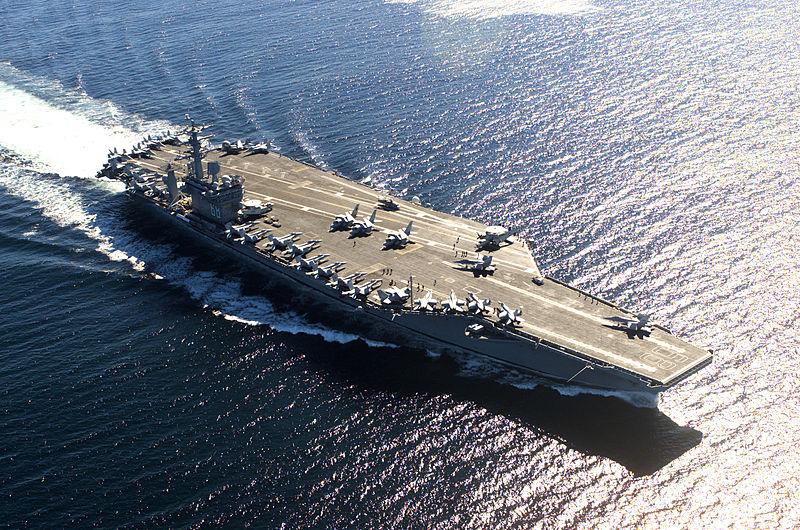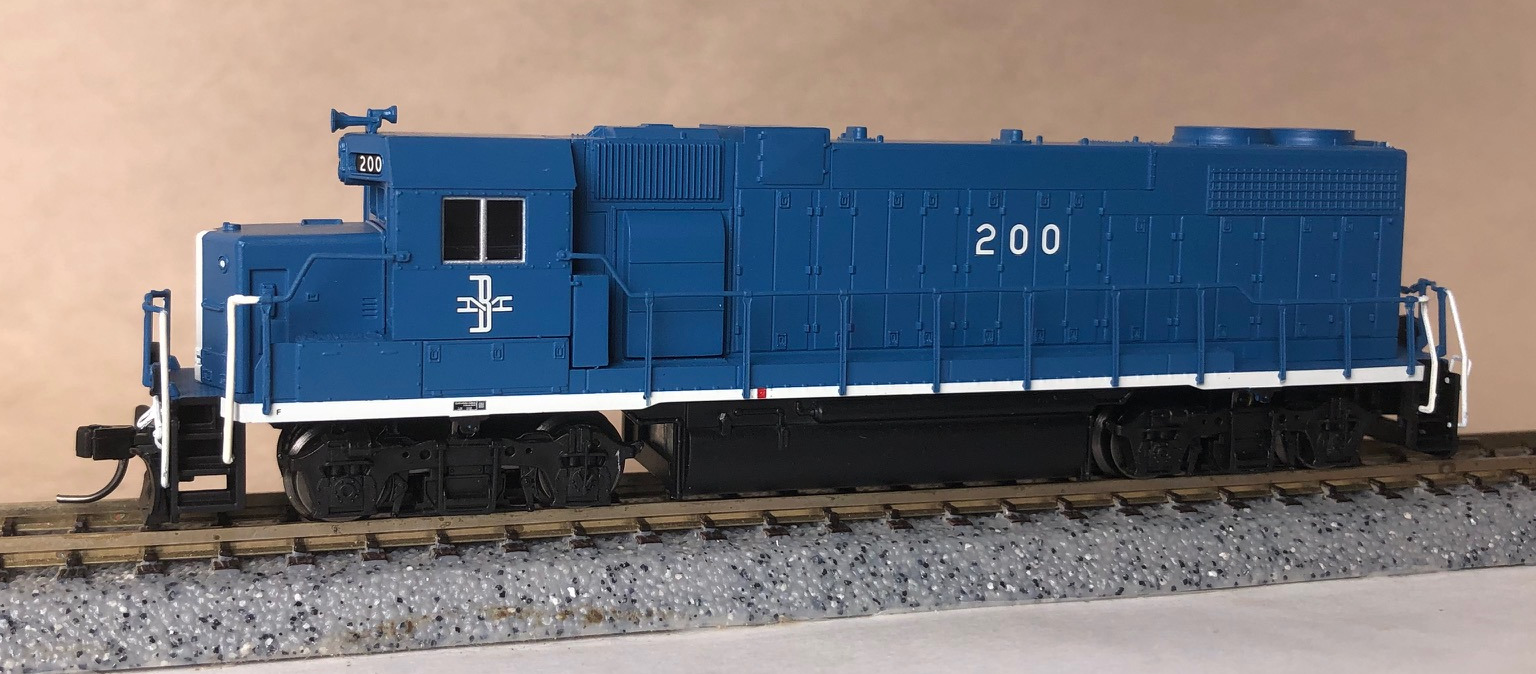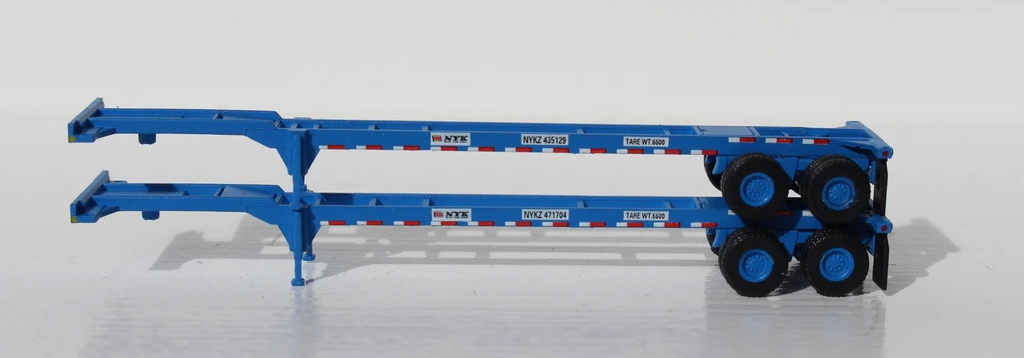Model Information: Cars are sold in pairs. Each package contains two unique road numbers. 3-Packs contain 6 Ready-To-run cars with 6 different road numbers. All flat cars are weighted and come with Red Caboose Bettendorf Friction Bearing trucks. They have Magnematic® couplers.
Prototype History: A flatcar (US) (also flat car (US) or flat wagon (UIC)) is a piece of railroad (US) or railway (non-US) rolling stock that consists of an open, flat deck mounted on a pair of trucks (US) or bogies (UK), one at each end containing four or six wheels. Occasionally, flat cars designed to carry extra heavy or extra large loads are mounted on a pair (or rarely, more) of bogeys under each end . The deck of the car can be wood or steel, and the sides of the deck can include pockets for stakes or tie-down points to secure loads. Flatcars designed for carrying machinery have sliding chain assemblies recessed in the deck.
Flatcars are used for loads that are too large or cumbersome to load in enclosed cars such as boxcars. They are also often used to transport intermodal containers (shipping containers) or trailers as part of intermodal freight transport shipping.
40 foot flatcars became the standard length at the end of the 19th century when most railcars adopted similar proportions. The 40 foot railcar was the predominant freight car up until the second world war, when flatcars, boxcars and gondolas all stepped up to a more modern 50 foot length.
Flatcars are used for loads that are too large or cumbersome to load in enclosed cars such as boxcars. They are also often used to transport intermodal containers (shipping containers) or trailers as part of intermodal freight transport shipping.
40 foot flatcars became the standard length at the end of the 19th century when most railcars adopted similar proportions. The 40 foot railcar was the predominant freight car up until the second world war, when flatcars, boxcars and gondolas all stepped up to a more modern 50 foot length.
Road Name History: The Denver & Rio Grande Western Railroad (reporting mark DRGW), often shortened to Rio Grande, D&RG or D&RGW, formerly the Denver & Rio Grande Railroad, was an American Class I railroad company. The railroad started as a 3 ft (914 mm) narrow gauge line running south from Denver, Colorado in 1870. It served mainly as a transcontinental bridge line between Denver, and Salt Lake City, Utah.
In 1988, the Rio Grande's parent corporation, Rio Grande Industries, purchased Southern Pacific Transportation Company, and as the result of a merger, the larger Southern Pacific Railroad name was chosen for identity. The Rio Grande operated as a separate division of the Southern Pacific, until that company was acquired by the Union Pacific Railroad. Today, most former D&RGW main lines are owned and operated by the Union Pacific while several branch lines are now operated as heritage railways by various companies.
In 1988, the Rio Grande's parent corporation, Rio Grande Industries, purchased Southern Pacific Transportation Company, and as the result of a merger, the larger Southern Pacific Railroad name was chosen for identity. The Rio Grande operated as a separate division of the Southern Pacific, until that company was acquired by the Union Pacific Railroad. Today, most former D&RGW main lines are owned and operated by the Union Pacific while several branch lines are now operated as heritage railways by various companies.
Brand/Importer Information:  Originally Red Caboose was a manufacturer of HO and N Scale model railroading items. It was located in Mead, Colorado, and was founded in 1990 by Leon Fairbanks.
Red Caboose manufactured highly accurate, well detailed N, HO, and O Scale freight cars and locomotives.
Originally Red Caboose was a manufacturer of HO and N Scale model railroading items. It was located in Mead, Colorado, and was founded in 1990 by Leon Fairbanks.
Red Caboose manufactured highly accurate, well detailed N, HO, and O Scale freight cars and locomotives.
Red Caboose closed its doors in January of 2015. Red Caboose N Scale has been sold to Fox Valley Models and HO was sold to InterMountain Railway. Many of the Red Caboose toolings have seen re-releases from Fox Valley since the acquisition. We just wish they would clean up the underframes. Red Caboose always went light on the details where they thought people wouldn't look.

Red Caboose closed its doors in January of 2015. Red Caboose N Scale has been sold to Fox Valley Models and HO was sold to InterMountain Railway. Many of the Red Caboose toolings have seen re-releases from Fox Valley since the acquisition. We just wish they would clean up the underframes. Red Caboose always went light on the details where they thought people wouldn't look.
Manufacturer Information: While they were in business, Red Caboose split its production runs between the US and China. Which models were produced where was a function of which body style and which run. Furthermore, which Chinese company was used for production is something we would love to find out.
Item created by: CNW400 on 2022-04-19 11:01:49
If you see errors or missing data in this entry, please feel free to log in and edit it. Anyone with a Gmail account can log in instantly.
If you see errors or missing data in this entry, please feel free to log in and edit it. Anyone with a Gmail account can log in instantly.










